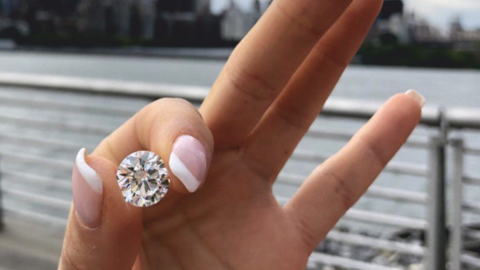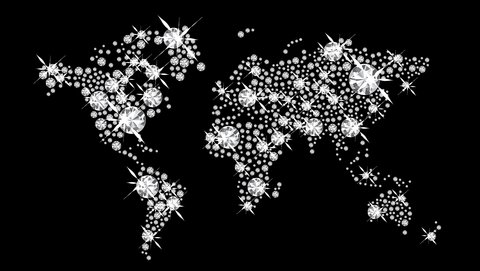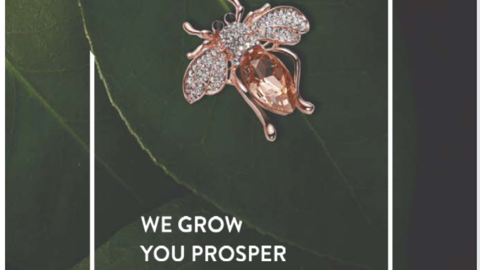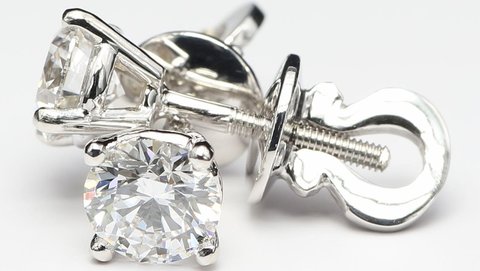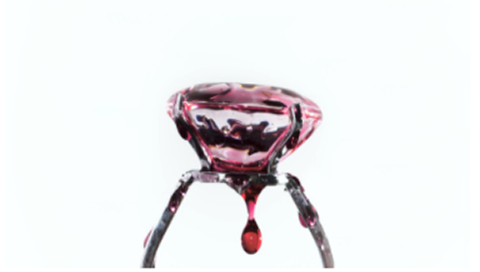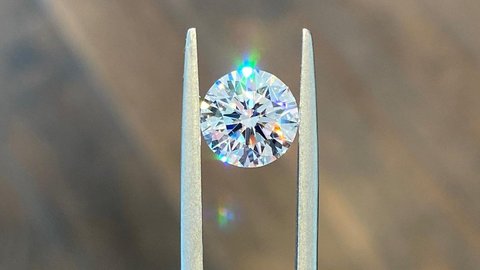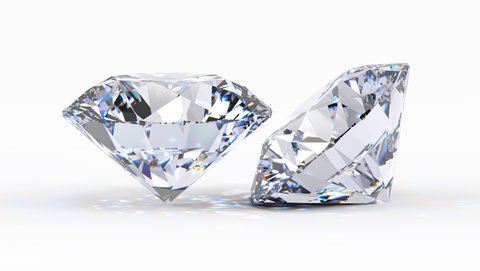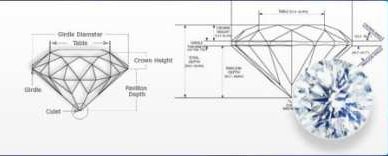What are the predictions for the nearest future of lab diamonds around the world?
According to Professional Jeweller magazine, sales of lab-grown diamonds increased 500% in the last four years. Only in 2022 they rose 80% compared to the last year, while sales of mined diamonds declined. These astonishing numbers make many jewelers wonder what is in store for lab-grown diamonds.
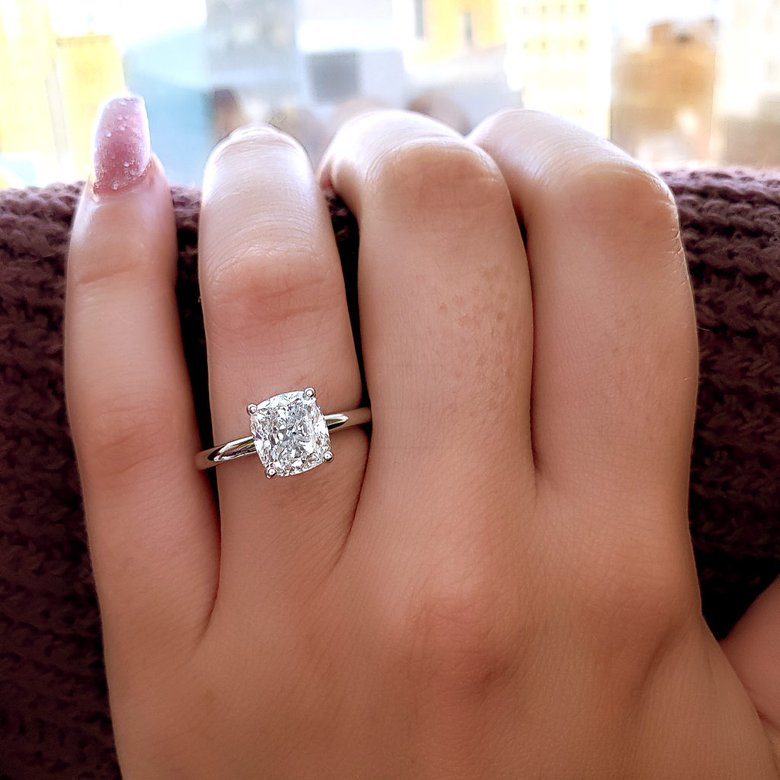
While man-made gemstones have been a thing domestically for several years, Europe is still warming up to an idea. “The thought of willingly letting LGD enter our supply chain was initially met with more than a little reservation,” says the marketing executive of a birmingham-based supplier. However, once lab-created strokes were introduced last year, the demand began to grow. This is a story which is very familiar to retailers all around the world. Many European jewelers jumped aboard last year after the Pandora’s Brilliance launch. What Pandora did was not only a beneficial announcement for their business, but also a signal to smaller companies that lab-grown diamond was something worth investing their time and effort into. Customers need to have an option to buy a man-made diamond, and the jewelers should listen to and respond to their needs.
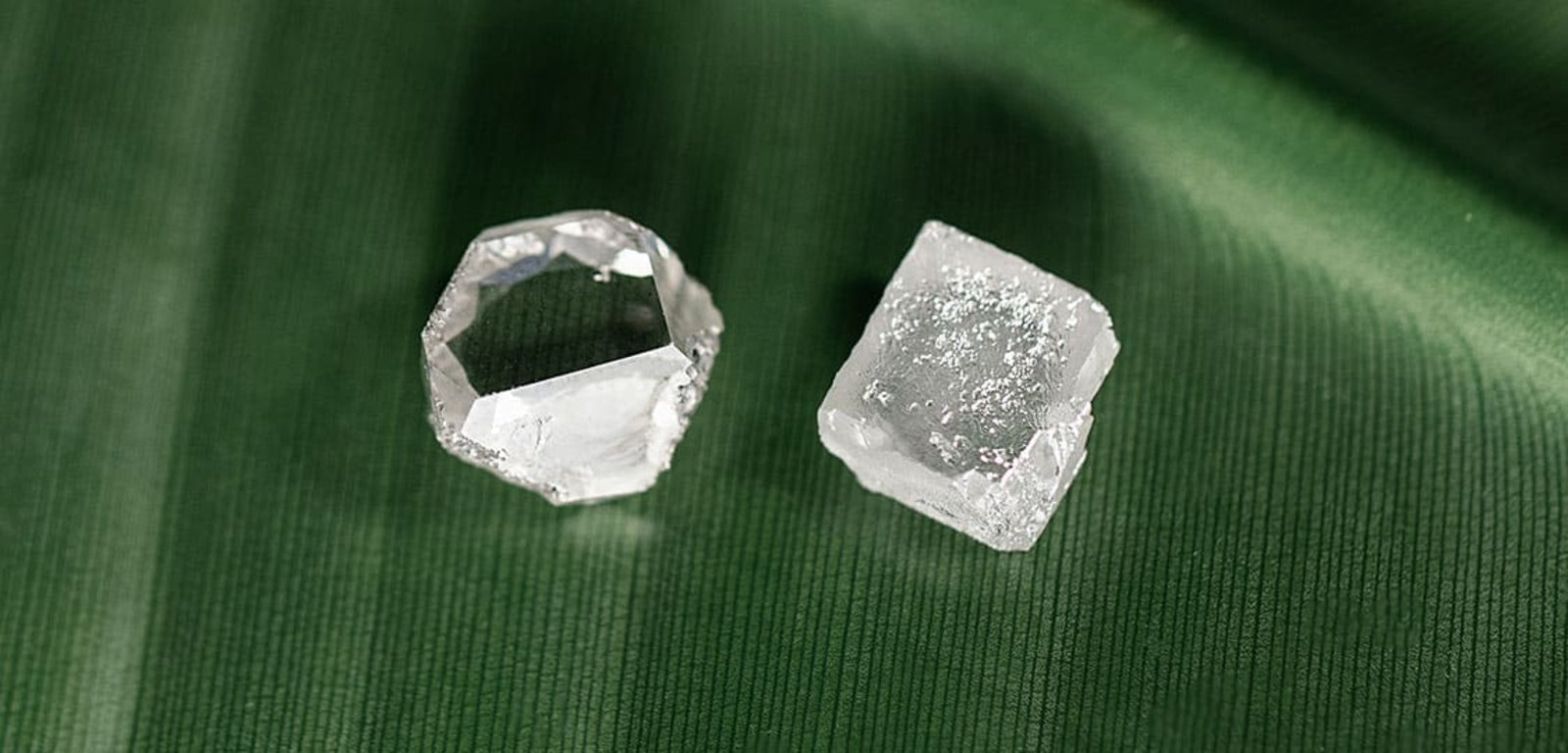
Recent projections show that the market share of lab diamonds will only continue to increase. With the sanctions placed on Russian diamonds, lab-created gemstones have the opportunity to capture a bigger share. According to the experts at Bank of America, the world’s supply of mined diamonds is at its lowest since 2008, which is likely to result in a 15% rise in prices. With India’s cutting factories suffering from this shortage, they are more ready than ever to focus on lab diamonds and pass the polished product further on to retailers across the globe.
According to a couple of big-name Australian jewelers, manufactured diamonds are getting more and more attention from the consumers, so the supply increase would certainly be a good thing. Approximately 30% of engagement rings sold in Australia have lab diamonds as center stones,and for some retailers this number is twice as high.“Most jewelers have been working with shrinking profit margins,” a famous Sydney-based designer says, which is not so big of a case with lab-created gemstones.
“Younger people don't settle for a stone less than 3 carats. They want a bigger stone, and lab-created diamonds are the answer,” Pnina Tornai confirmed. The Pnina Tornai ONE collection features a variety of bridal settings set with manufactured diamonds of different shapes and sizes, which price ranges from $1,300 to $19,000.
Jared executives feel optimistic about the future of the lab-grown category and the overall demand for diamonds. The man-made stones have shown themselves strong during the passing season and are expected to be even more stronger in the next one. During the last few years we’ve seen the successful launches of a lot of lab-grown diamonds exclusive brands, both domestically and overseas, from Vrai in California to London’s Queensmith and Antwerp based Kimaï. And it seems that now any well-established jewelry company requires lab-created diamonds to compete. We’re looking forward to this year’s JCK show and new developments that should start in its wake. The interesting news will undoubtedly follow, as man-made diamonds are becoming the most sought after category for both fine and fashion jewelry segments.


